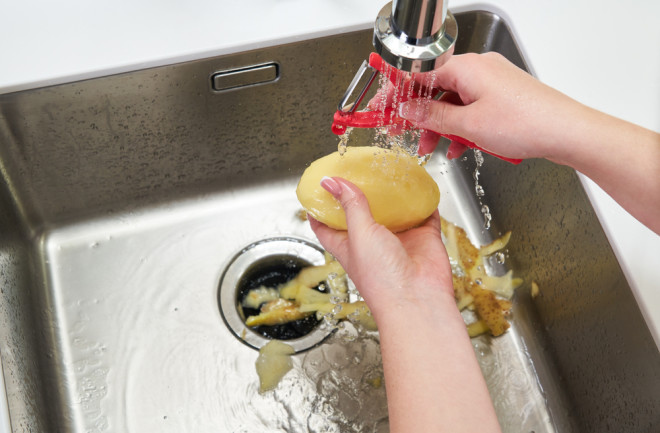Flushing food scraps down the garbage disposal in your kitchen can be borderline therapeutic. No digging out the potato peels or apple cores — just mash them down the drain, turn on the appliance, and hear the sweet sound of your problems disappearing.
Of course, the food doesn't actually vanish. More specifically, it goes to a local wastewater treatment plant, where all the water coursing through your home plumbing ends up.
Truthfully, washing away your troubles this way can cause issues elsewhere: Some municipalities say their water infrastructure isn’t designed to handle all the food waste every given household might create.
But wastewater treatment plants do have systems to cope with food and other solid materials that come their way. And as people look to reduce how much food waste they put in landfills, cities are eyeing wastewater treatment equipment as a potential solution.

